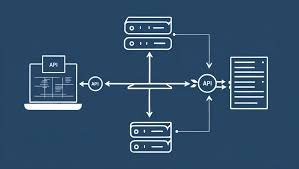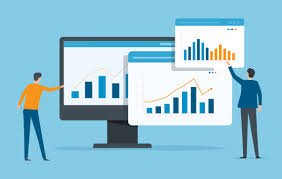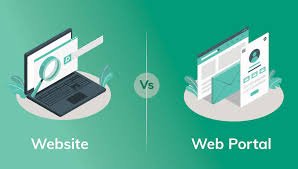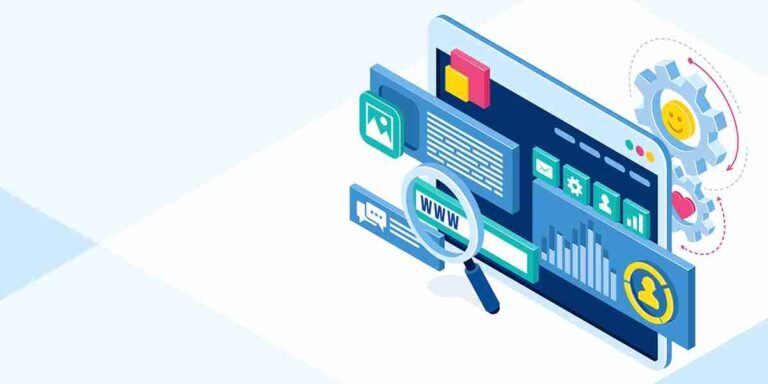Digital Twins: Simulate Scenarios for Better Decisions

In an increasingly complex world, making well-informed decisions is crucial for success in various industries. Digital twins, virtual replicas of physical systems, provide a powerful tool to simulate real-world scenarios and enhance decision-making processes. This article explores how digital twins are revolutionizing decision-making across different sectors.
What are Digital Twins?
Digital twins are digital representations of physical assets, processes, or systems that allow for real-time monitoring and simulation. By integrating data from sensors, IoT devices, and other sources, digital twins create a dynamic model that mirrors the state and behavior of their real-world counterparts. This enables organizations to analyze performance, predict outcomes, and optimize operations without the risks associated with physical trials.
Applications of Digital Twins
- Manufacturing and Industry 4.0
- Predictive Maintenance: Digital twins help in predicting equipment failures and scheduling maintenance before breakdowns occur, reducing downtime and maintenance costs.
- Process Optimization: By simulating different production scenarios, manufacturers can identify bottlenecks, optimize workflows, and improve overall efficiency.
- Healthcare
- Personalized Medicine: Digital twins of patients can simulate responses to different treatments, allowing for personalized medical plans and improved patient outcomes.
- Hospital Management: Simulating hospital operations can help in optimizing resource allocation, improving patient flow, and reducing wait times.
- Smart Cities
- Urban Planning: Digital twins of cities enable planners to simulate the impact of new infrastructure projects, optimize traffic flow, and improve urban resilience.
- Emergency Response: Simulating disaster scenarios helps in preparing for emergencies, optimizing evacuation plans, and enhancing public safety.
- Energy and Utilities
- Grid Management: Digital twins of energy grids allow for real-time monitoring and optimization of energy distribution, improving reliability and efficiency.
- Renewable Integration: Simulating the integration of renewable energy sources helps in balancing supply and demand, and reducing carbon footprints.
Benefits of Using Digital Twins for Decision Making
- Improved Accuracy
- Digital twins provide a high-fidelity representation of physical systems, leading to more accurate predictions and informed decisions.
- Risk Mitigation
- By simulating different scenarios, organizations can identify potential risks and develop strategies to mitigate them before implementing changes in the real world.
- Cost Efficiency
- Virtual simulations reduce the need for physical prototypes and trials, saving time and resources in the development and optimization processes.
- Enhanced Innovation
- Digital twins foster innovation by enabling rapid testing and iteration of new ideas and concepts in a virtual environment.
Challenges and Future Prospects
While digital twins offer significant advantages, there are challenges to their widespread adoption. These include the high initial costs of implementation, data integration complexities, and the need for advanced analytics capabilities. However, as technology advances and becomes more accessible, the adoption of digital twins is expected to grow, further transforming decision-making processes across industries.
Conclusion
Digital twins represent a paradigm shift in how organizations approach decision-making. By simulating real-world scenarios, they provide valuable insights that lead to better outcomes, increased efficiency, and reduced risks. As industries continue to embrace this technology, the potential for innovation and optimization is boundless, paving the way for a smarter, more connected world.
For More Information Visit Your Website : Mountain Techno System














